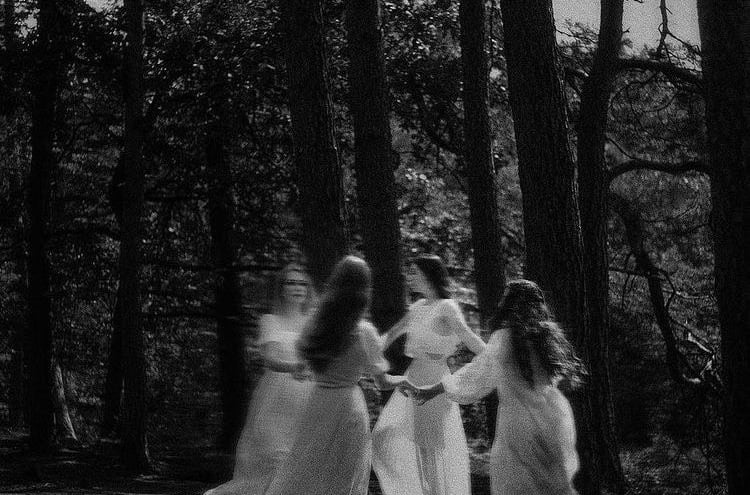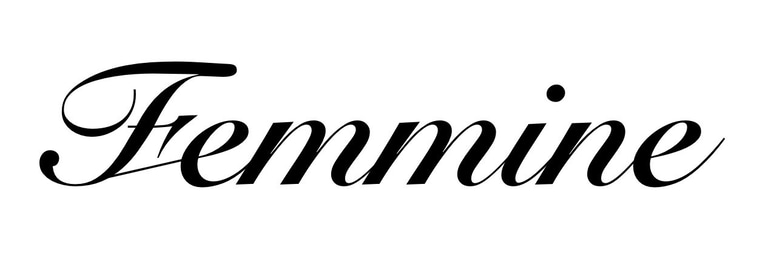Must Be The Season of The Witch
By Katie Le Saint
LIFESTYLEHOME
Edited by Charlotte Waugh
10/26/20252 min read


It’s no secret that women have been unfairly portrayed and prosecuted throughout history, with our current political climate echoing this reality. Across time, and still today, there seems to be nothing more truly terrifying to a man than a powerful woman. Women who cannot be forced into a mould created for them, or easily understood by others, are instantly classified as a threat, with their opposition seeking to tear them down in any way possible. From the reporting on women in politics to voting their abusers into office, we can see efforts all around us to demonise women.
According to the Oxford English Dictionary, the definition of witch is: “A person (in later use typically a woman) who practises witchcraft or magic, esp. of a malevolent or harmful nature.” When you hear the word witch, you often think of the evil villain of childhood stories: hooked nose, conventionally unattractive, flying about on her broomstick. But when did women become the villain? The word witch is said to have first appeared in Old English around 900 AD, referring simply to a woman practising magic or divination. Since then, however, its meaning has shifted, now most often used as a derogatory term for women.
In the 1300s, paranoia over witchcraft swept across Europe, with thousands of women executed after being accused. Trials were held to determine whether the accused were witches, with towns gripped by widespread fear. Witches were believed to have gained their powers through deals with the devil, making them a supposed threat to humanity. A famous example is the Salem witch trials, which began in Massachusetts in February 1692, where over 200 women were accused and 20 executed. Women who could not be controlled, who exercised independence, were condemned then — and still are now, though differently. Echoes of this remain in today’s society, with laws restricting women’s bodies aiming to curtail their autonomy. The fear of women harnessing their power — and perhaps more frighteningly, together as a coven — has long haunted the minds of those in power.
It is not only men who impose these constraints. Women themselves often participate in maintaining them. Hollywood actress Sydney Sweeney, despite playing a harrowing role in the TV adaptation of Margaret Atwood’s The Handmaid’s Tale — a political dystopia where women are brutally oppressed — has faced criticism for choices perceived to sexualise her body. In one advert for American Eagle, which she narrates and stars in, many complained that it once again reduced women to sexual objects. She also drew backlash after selling soap containing her bathwater, marketed towards men. Some argue that Sweeney is reclaiming power by profiting from her image, while others see it as reinforcing damaging expectations of women. Either way, her actions highlight the persistent roles women are expected to occupy. When women reject these roles, they are vilified — branded “ugly” or worse — and demonised as if they were modern-day witches.
So, what do we do with the word witch now? Should it be reclaimed as a symbol of female power and connection to the world, or should it remain confined within the limits imposed by society? Witchcraft is still condemned, with covens often viewed with suspicion, just as women centuries ago were persecuted for their autonomy. It seems that despite thousands of years passing, we are not so different from our sisters who came before us. A heartbreaking thought.
